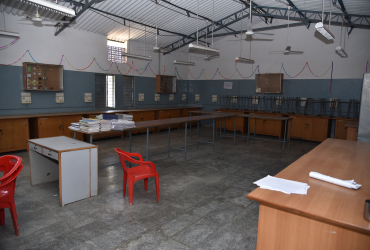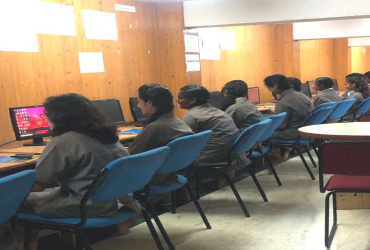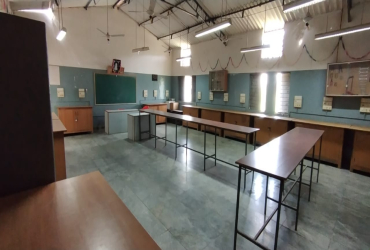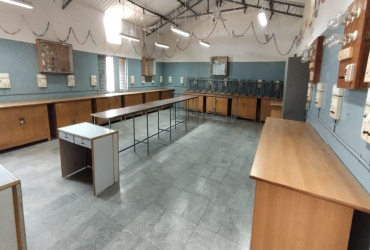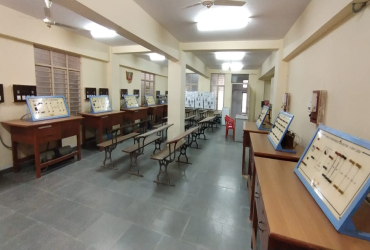
Electrical and Electronics Engineering
Electrical and Electronics Engineeringis an integrated branch of engineering. This course deals with the technological aspects of electricity, especially the design and application of circuitry and electronic equipment. It also includes the concept of power generation and distribution, communication and machine control. This engineering branch focuses on the practical application of electricity. It also specializes in design, construction and uses of electrical systems in our lives. Electrical and Electronics Engineering incorporates fundamental knowledge in core disciplines such as control systems, communications, signal processing, micro-processors, radio frequency design, electric machines and power generation. In this course students are taught about everything ranging from semiconductors, analog electronics, and power systems to big transmission lines, digital electronics, electrical machines (AC and DC) and control systems.
Electrical engineering has now divided into a wide range of fields including electronics, digital computers, computer engineering, power engineering, telecommunications, control systems, radio-frequency engineering, signal processing, instrumentation, and microelectronics. Many of these disciplines overlap with other engineering branches, spanning a huge number of specializations such as hardware engineering, power electronics, electromagnetics and waves, microwave engineering, nanotechnology, electrochemistry, renewable energies, mechatronics, electrical materials science, and much more. See glossary of electrical and electronics engineering.
All the electronic devices are powered by white smoke. When smoke goes out, device is dead.
- Clean and green environment.
- Large library with latest and advanced books from various authors.
- Online resources facilities by Delnet.
- Purified water facility.
- Bus facility.
- Good quality notes for students.
- Well equipped Labs.
- Well experienced teaching staffs.
- Good teaching environment.
- Pleasant environment.
- Weekly tests are conducted to enhance the performence of student.
- Students are under seveillance of CC TV





